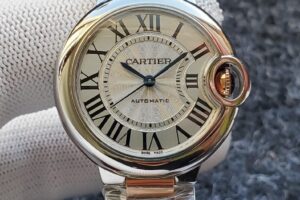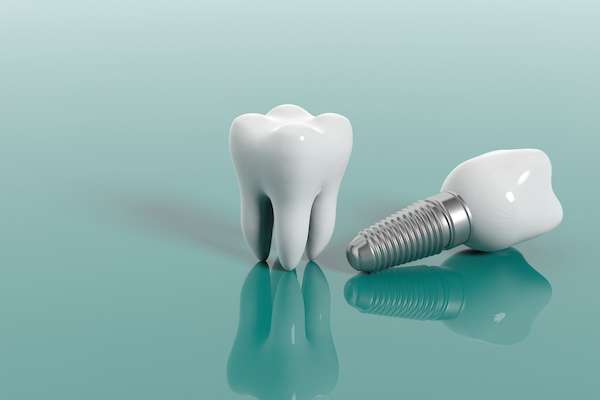Patients with freckles, whether they have one bothersome lentigo or a face covered with mottling, have a variety of choices for getting smoother, more even-toned skin. Freckles can faded using a variety of derm techniques. Depending on the patient’s perceived worry, dermatologists may utilize topical treatments, more harsh lasers, light sources, or a mix of the two.
Tina West, M.D., a dermatologist in Chevy Chase, Maryland, said that patients commonly complain about their freckles. She typically used a YAG laser and a pigment-specific 532-nm Q-switched Nd to remove her freckles.
Those who complain of having aged skin often have a combination of dynamic wrinkles on the top of the face, mottled pigment, and wrinkles around the mouth and nasolabial fold, according to Dr. West. To balance out the color of the skin, topical retinoids and other medications are frequently applied. We could also utilize chemical peels or microdermabrasion to level out the backdrop. Then, laser treatments are concentrated on the distinct brown spots because, as far as I am aware, this is the only method that can get rid of freckles in a single session.
Nonetheless, Dr. West often observes that patients with freckle-covered faces benefit from peels or microdermabrasion to cure the surrounding skin mottling. On rare occasions, she will apply Tri-Luma Cream (Galderma) for a six-week course before applying a retinoid. Tri-Luma, a product with 4% hydroquinone, 0.01% acetonide, and 0.05% tretinoin, helps to hasten the skin-lightening process. Tri Luma cream buy online to treat melasma more effectively than sufferers could have imagined.
According to Dr. West, however, it has not proven to be secure when utilized for an extended period. If patients want any lingering lentigines removed once the skin tone is more equal, Dr. West uses the laser to target them.
According to Dr. West, the instantaneous ash-white appearance or whitening of the tissue caused by the 532-nm Q-switched Nd: YAG indicates high tissue absorbance and a successful treatment outcome. Purpura appears on the treated area five to ten minutes after treatment.
She instructs patients to apply an antibiotic cream to their faces for two days. The majority of them have clear skin in a week and can then wear makeup.
Although Dr. West doesn’t use intense beat light therapy to treat spots, the procedure is an option. The benefit of IPL over YAG laser treatment is that, in some states, a non-doctor can do the procedure, and there is very little purpura afterward. The disadvantage is that lentigines frequently vanish after three to five treatments.
Another technique for treating lentigines is photodynamic therapy. Although the therapy doesn’t cause much pain, it can also result in small purpura and crusting, and patients can still be photosensitive for up to 24 hours following the procedure.
Dr. West employs photodynamic treatment to treat lentigos when patients have a lot of precancerous skin abnormalities, such as actinic keratoses. Another choice is to combine YAG laser therapy with pulsed dye laser therapy. Dr. West uses the YAG laser to treat the entire face, but this time in diffuse mode. She then alternately employs the pulsed dye laser and the YAG laser for her treatments.




